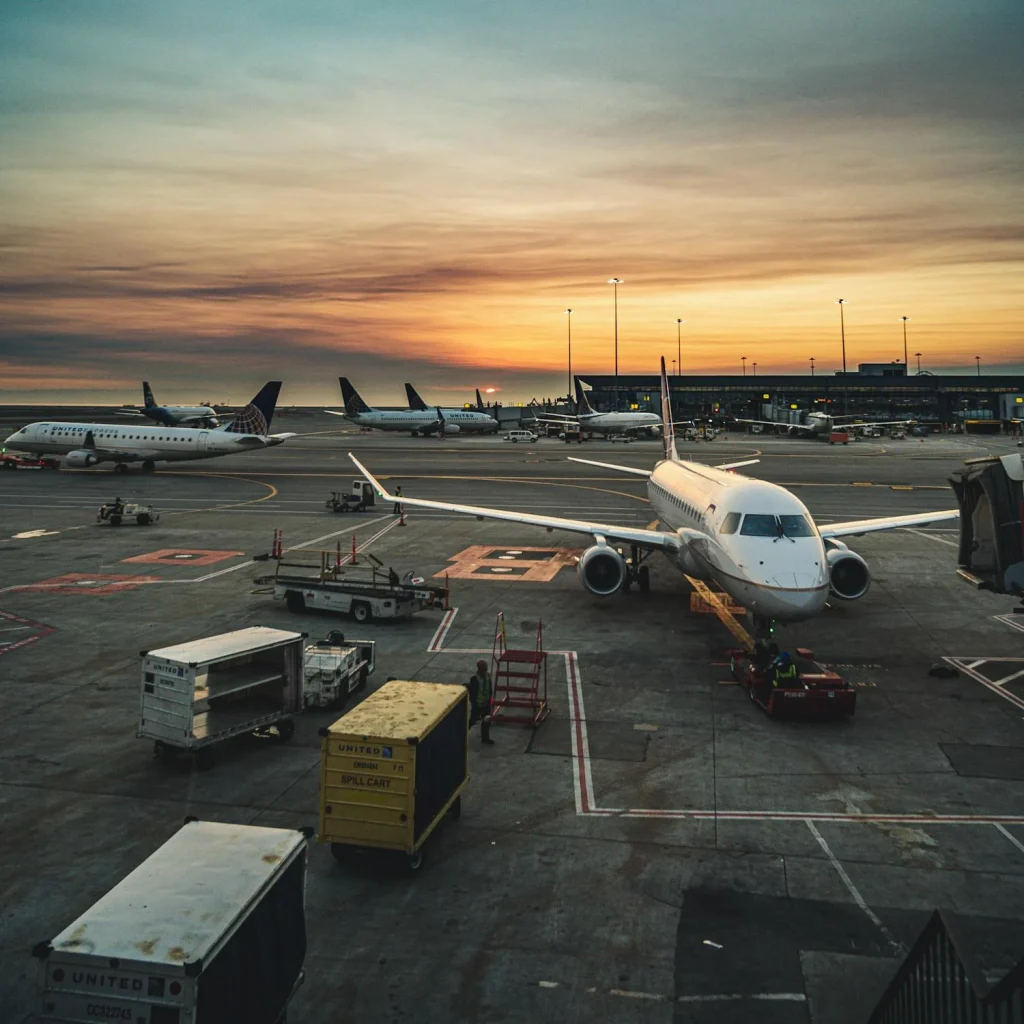For people who love flying, knowing how airplanes are maintained is compelling. It needs careful work, modern tools, and clever workers. Engineers use special tools for checking planes.
Knowing about these things can make you feel safer when you are flying. Here are eight important facts everyone should know about how planes get repaired. It shows why fixing planes is a crucial job in flying.
1. The Frequency of Routine Checks
Every aircraft adheres to a rigorous schedule of routine maintenance inspections to guarantee that it is secure and prepared for takeoff. The frequency of these inspections varies and might be as low as once a day or as high as once per x number of flying hours or landings.
Regular inspections play a critical role in identifying and resolving minor concerns before they become larger ones. Skilled technicians carefully inspect all components of the aircraft, including the avionics systems, landing gear, and engines.
By taking a proactive approach to maintenance, airlines can guarantee the aircraft’s dependability and uphold strict safety regulations.
2. The Complexity of Engine Overhauls
Overhauls are far more than normal inspections and are an essential component of aviation maintenance. These intricate processes entail disassembling, examining, fixing, or swapping out different engine parts to guarantee optimal performance. Expert mechanics with specialized training in engine maintenance employ cutting-edge instruments and apparatus to detect problems and find solutions.
To check the engines, technicians first mount it on an aircraft engine stand. Before being put back into operation, the engine is put through a thorough testing process to make sure it satisfies safety regulations and manufacturer specifications. Engines are vital to flight performance and safety. Thus, thorough and frequent overhauls are necessary.
3. The Significance of Airframe Inspection
Airframe inspections are essential to guaranteeing the aircraft’s structural integrity and safety. During these inspections, the fuselage, wings, and other structural parts are carefully examined to look for any indications of wear, damage, or corrosion.
Skilled inspectors use certain instruments and methods to look for even the smallest anomalies that can jeopardize the aircraft’s safety. In addition to being required by aviation authorities, airlines do routine airframe inspections as a proactive effort to avert possible problems and increase the aircraft’s lifespan.
4. The Advanced Technology Behind Avionics Maintenance
Aviation electronics, or avionics for short, are essential to aircraft navigation and safety. These systems encompass everything from the flight control systems to the communication and navigation apparatus. These sophisticated electronics need to be maintained with specific knowledge and high-tech tools.
Experts in avionics maintenance employ different techniques to troubleshoot and fix these systems. They verify that the systems are operating as intended and that they adhere to the most recent aviation rules. For the aircraft to operate safely and to avoid system failures, avionics maintenance must be performed regularly.
5. The Importance of Corrosion Control
In aircraft maintenance, corrosion is a major worry since it can jeopardize an aircraft’s structural integrity and perhaps cause safety problems. Corrosion of an aircraft’s metal surfaces can be caused by several things, including moisture exposure and environmental causes. Airlines enforce stringent corrosion control procedures to counteract this.
These precautions include applying protective coatings and treatments to stop corrosion from forming, as well as conducting routine inspections to spot early indications of corrosion. To keep the aircraft safe and airworthy, corrosion-affected portions are repaired and treated using specialized methods and supplies.
6. The Role of Specialized Tools and Equipment
A variety of specialized tools and equipment made especially for the special requirements of aviation are needed for aircraft repair. These instruments are necessary for carrying out precise operations and guaranteeing the dependability and safety of the aircraft.
Every tool in the maintenance process, from diagnostic equipment to specialty wrenches and gauges, has a distinct function. Technicians use these instruments to examine, fix, and maintain different parts of the aircraft, such as the avionics systems and engines.
For maintenance duties to be completed accurately and effectively, proper training and tool usage are essential.
7. The Impact of Weather on Maintenance Schedules
When and how maintenance procedures are carried out are heavily influenced by the weather. For some maintenance tasks, like painting or applying corrosion treatments, particular conditions—such as dry, warm weather—are necessary.
However, inclement weather, like storms or a lot of snow, might interfere with planned maintenance and cause delays. To minimize disruptions and guarantee the safety of the maintenance staff, airlines, and maintenance crews keep a close eye on weather forecasts and organize repair activities appropriately.
It is also imperative to adjust to weather-related maintenance to preserve the safety and operational effectiveness of the aircraft. Airlines can maintain passenger safety and dependability by modifying repair schedules in response to weather conditions.
8. The Role of Certified Aircraft Mechanics
Certified airplane mechanics are essential to maintaining the dependability and safety of aircraft. For these personnel to operate on various aircraft and component types, they must complete extensive training and earn specialized certifications.
Their skill set is extensive and includes anything from simple maintenance to intricate repairs of avionics, engines, and airframes. To keep up with the newest maintenance procedures and technologies, these personnel need to participate in regular training and ongoing education.
Airlines can guarantee optimal maintenance quality and enhance the safety and efficiency of their flights by entrusting their aircraft to trained mechanics. Thus, the next time you take a flight, keep in mind the knowledgeable, qualified mechanics who toil away behind the scenes to guarantee your safety.
Conclusion
The aviation industry’s dedication to ensuring efficient and safe air travel is demonstrated by the upkeep of its aircraft. Every step of the process, from the thorough engine overhauls to the exacting airframe inspections, is completed by skilled experts utilizing cutting-edge equipment and specialized instruments.
Thus, the next time you go to the skies, you may do so with assurance, knowing that experts have made every effort to ensure your safety and a seamless flight.

